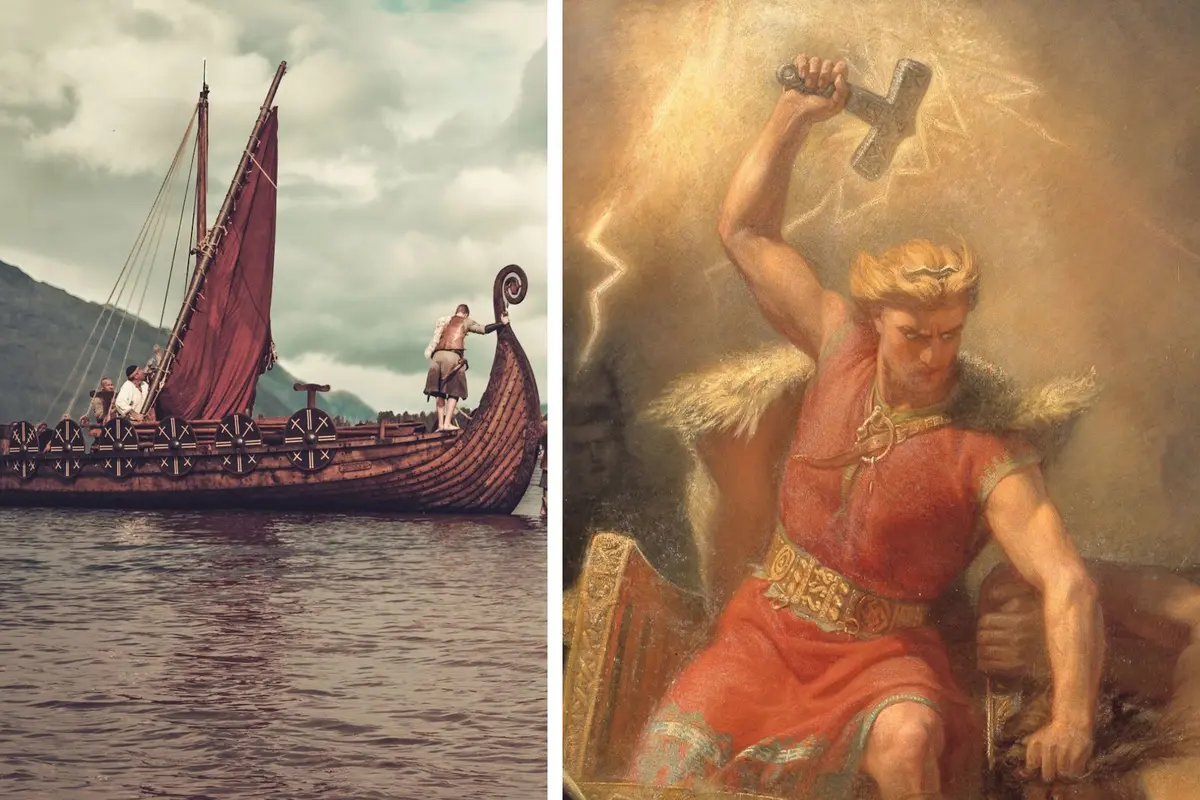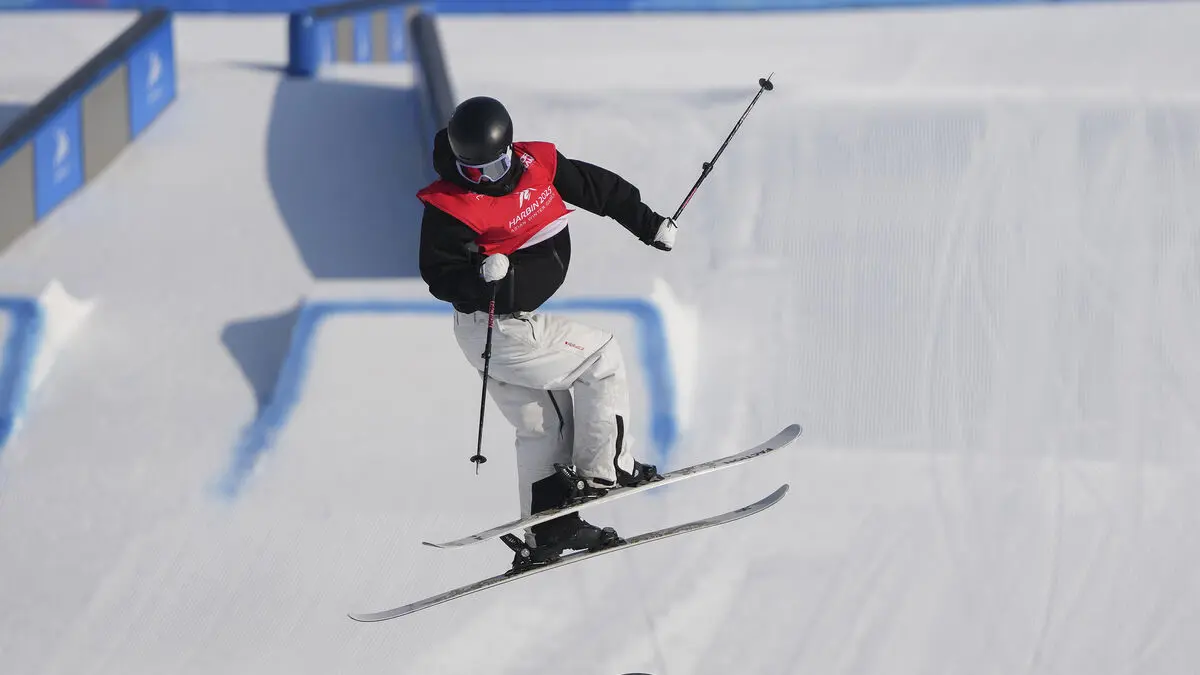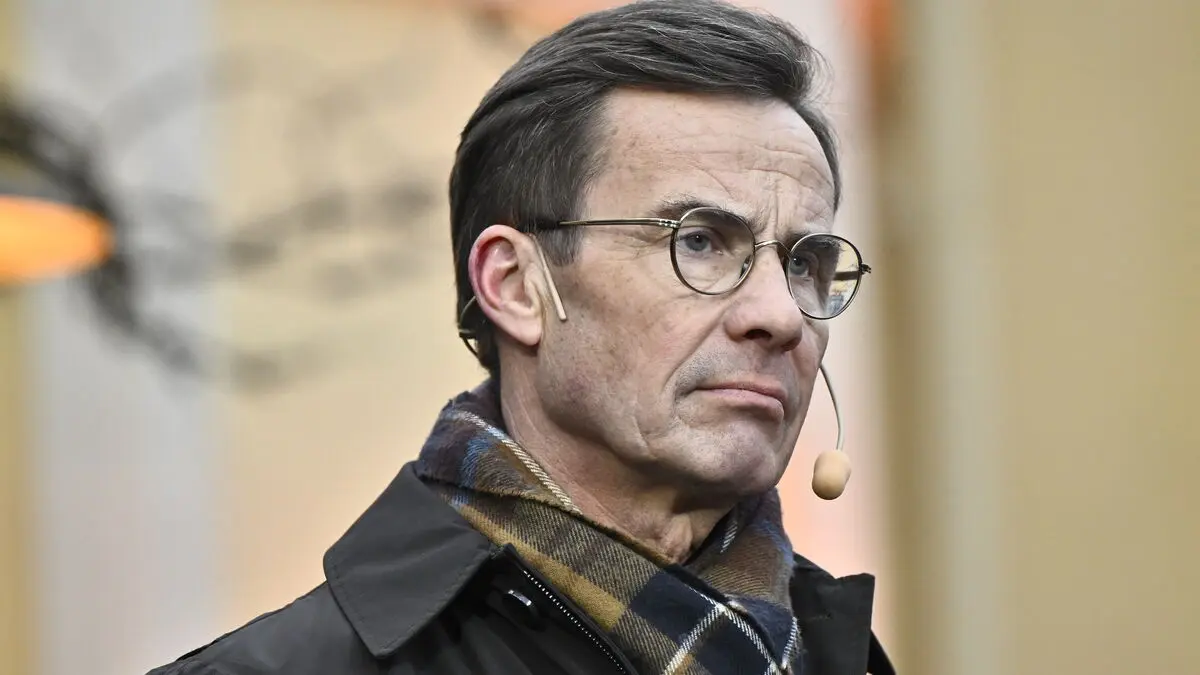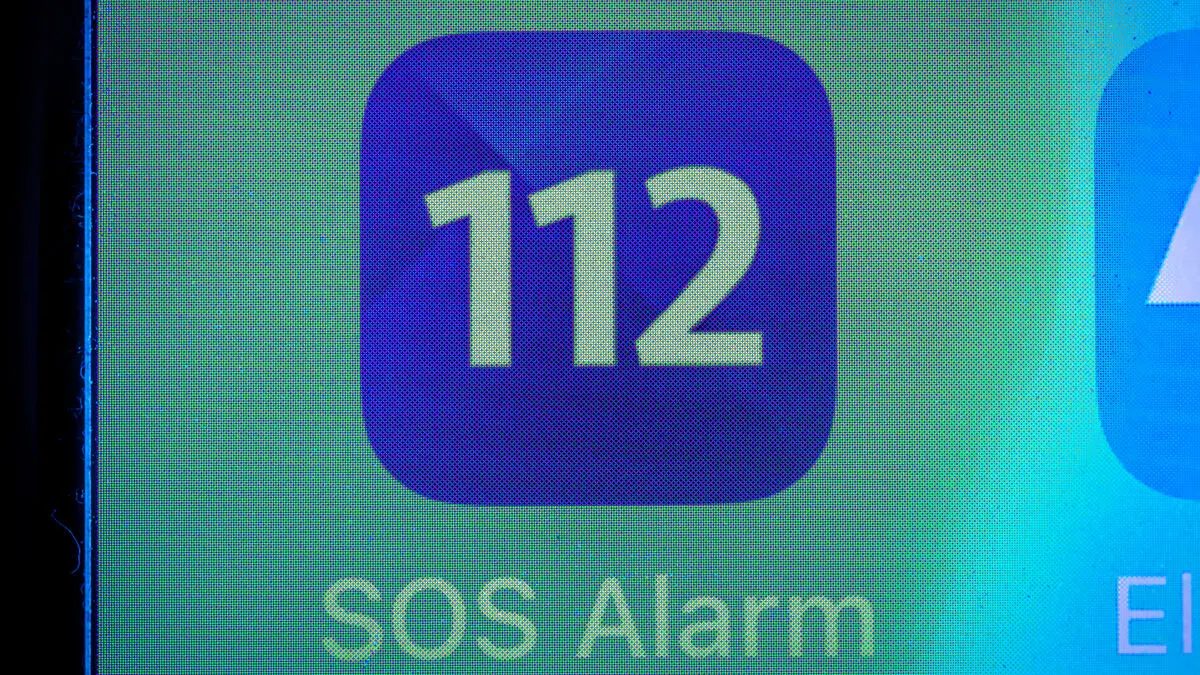Norse mythology was deeply ingrained in the daily lives of the Vikings, influencing their understanding of the world. Religion in the Viking Age was not just about worship, it involved rituals, traditions, and a belief system that shaped every aspect of life. Unlike modern religions, which often emphasize doctrine and scripture, Norse faith was different and centered around community rituals and ceremonies meant to communicate with gods, mythological creatures, and higher powers.
Viking Age
In the Viking Age, there were no religious texts or written records of their myths and legends. The stories we know today were passed down orally and only written centuries after the Viking Age ended. However, traces of these stories can be found in Viking artifacts, with depictions of gods and legendary figures carved into stones, jewelry, and tools.
![]() GoToVan - Halloween Parade with Marvel's Thor & Loke
GoToVan - Halloween Parade with Marvel's Thor & Loke
Marvel movies
The rise of modern media, particularly Marvel movies, has brought Norse gods like Thor and Odin back into global consciousness, though in Sweden, they are still known as vikings Tor and Oden. Other important gods like Freyja, Idun, and Balder also hold a significant place in Norse mythology. These figures are not just pop culture icons - they remain an essential part of Swedish history and identity, taught in schools and remembered as key symbols of the country’s Viking heritage.
For Swedes, the Norse gods are more than just movie characters. Figures like Tor, Oden and Freyja represent a deep connection to the past, serving as symbols of both cultural heritage and national identity. As people revisit these ancient traditions, the Viking gods continue to inspire, not only as historical icons but also as enduring symbols of Scandinavian pride.





